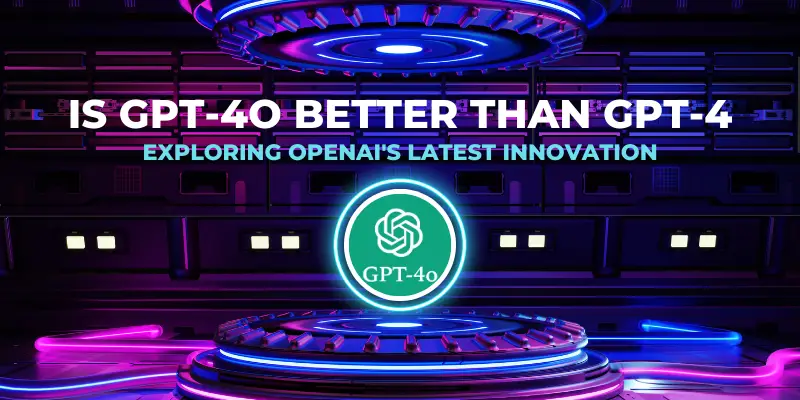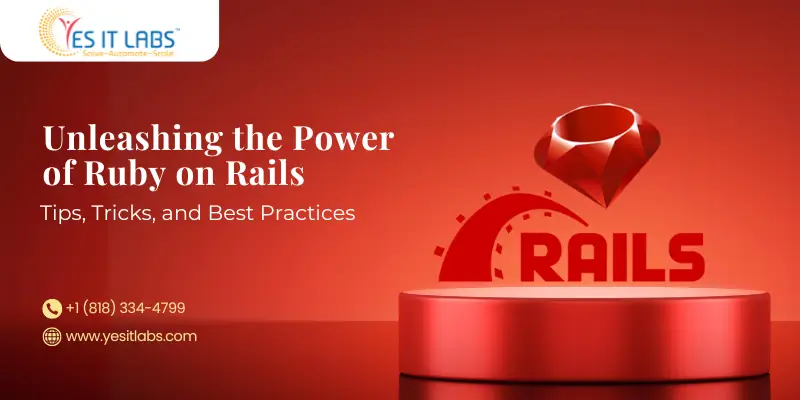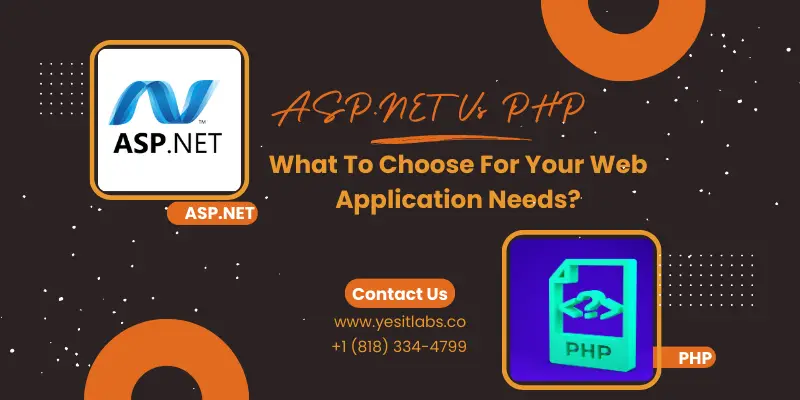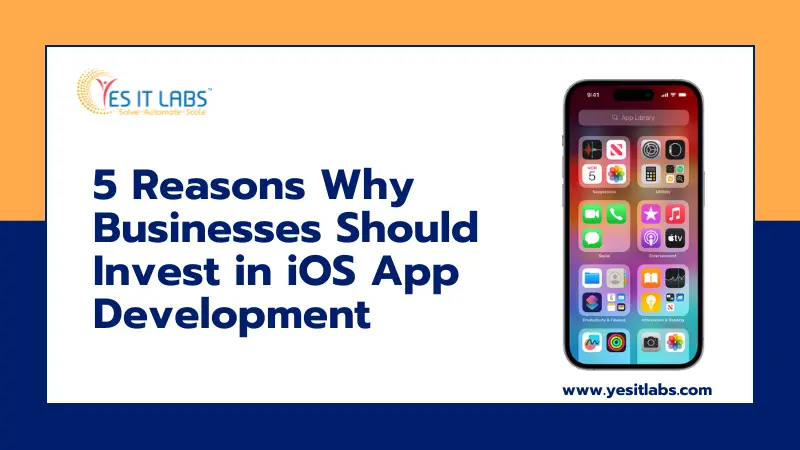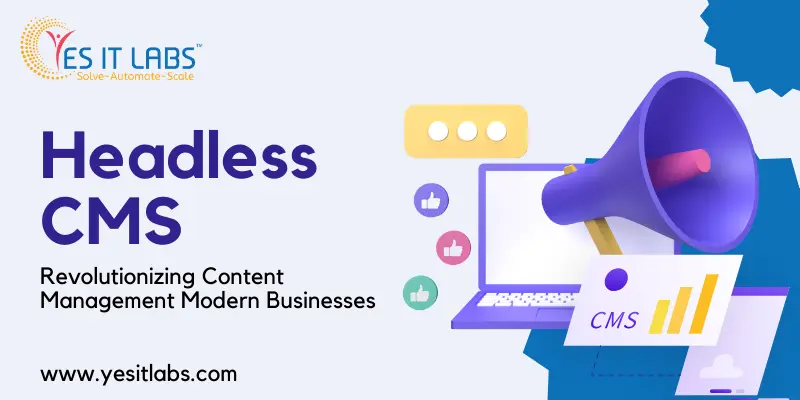

Headless CMS: Content Management for Modern Businesses
Introduction
In today’s rapidly evolving digital landscape, the way we manage and deliver content plays a pivotal role in the success of businesses and organizations. Traditional Content Management Systems (CMS) have long been the backbone of content creation and distribution, but they often come with limitations that hinder the agility and flexibility required to meet the demands of modern consumers. This is where “Headless CMS” comes into the picture, revolutionizing content management by decoupling content creation from content delivery. In this blog post, we’ll delve into what a Headless CMS is, how it works, and why it’s gaining popularity in the world of web development.
Understanding Headless CMS
To understand the concept of a Headless CMS, let’s first break down the traditional CMS model. In a traditional CMS, such as WordPress or Drupal, the content creation and presentation layers are tightly coupled. This means that the content is created, organized, and delivered through a single monolithic system. While this approach has served well for many years, it comes with limitations in terms of flexibility, scalability, and adaptability to various digital platforms.
A Headless CMS, on the other hand, separates the content creation and management process from the content delivery and presentation. In essence, it provides a backend content repository where content is stored and managed, but it doesn’t dictate how or where that content is displayed. This decoupling allows for greater flexibility and customization in delivering content to different devices, platforms, and channels.
How a Headless CMS Works
A Headless CMS typically consists of two primary components:
- Content Repository: This is where content creators and editors work. It’s a user-friendly interface that allows users to create, edit, and organize content. Content can be in the form of text, images, videos, or any other digital asset. The content is structured and stored in a database, making it easily accessible for future use.
- Content Delivery API: This component is responsible for delivering content to various frontend applications, whether they are websites, mobile apps, IoT devices, or any other digital touchpoint. The API serves as a bridge between the content repository and the presentation layer, making content available via HTTP requests. Developers can use this API to retrieve and display content on their chosen frontend platforms.
The beauty of a Headless CMS lies in its flexibility. Developers have the freedom to use any programming language or technology stack to build the frontend, which can be optimized for specific devices and platforms. This decoupled architecture allows for a faster development process and easier content updates without affecting the frontend.
Advantages of Using a Headless CMS
The adoption of Headless CMS solutions has surged in recent years due to the numerous benefits they offer:
- Multi-Channel Content Delivery: With a Headless CMS, you can effortlessly deliver content to websites, mobile apps, smart devices, chatbots, and more. This ensures a consistent user experience across various touchpoints.
- Enhanced Flexibility: Developers are not tied to a specific CMS template or structure, enabling them to create unique and tailored frontend experiences that suit the needs of their audience.
- Faster Development: Since the content creation and presentation layers are separate, development teams can work in parallel, resulting in faster time-to-market for digital projects.
- Improved Security: Separating content delivery from the backend repository can enhance security by reducing the attack surface and limiting access to sensitive data.
- Scalability: Headless CMS solutions are highly scalable, making them suitable for businesses of all sizes. As your content needs grow, the system can easily accommodate increased traffic and demand.
- Content Reusability: Content can be repurposed and reused across different platforms and campaigns, saving time and effort for content creators.
Use Cases for Headless CMS
Headless CMS is not a one-size-fits-all solution, but its versatility makes it suitable for a wide range of use cases:
- E-commerce: Online stores can utilize a Headless CMS to manage product listings, descriptions, and images while delivering a consistent shopping experience across web and mobile platforms.
- Media and Publishing: News websites and media outlets can use a Headless CMS to streamline content creation and distribution across websites, mobile apps, and social media.
- IoT and Smart Devices: Headless CMS can feed content to IoT devices, ensuring that they display the latest information and updates to users.
- Mobile Applications: Mobile app developers can integrate a Headless CMS to manage and update app content without requiring users to download frequent updates.
- Marketing Campaigns: Marketers can use a Headless CMS to create and distribute content across various marketing channels, ensuring a consistent brand message.
Conclusion
In an era where digital content is king, the flexibility and adaptability offered by Headless CMS are invaluable. Businesses and organizations can leverage this technology to deliver content seamlessly across a multitude of platforms, improving user experiences and staying competitive in an ever-evolving digital landscape. As the demand for personalized, multi-channel content delivery continues to grow, Headless CMS is poised to play a pivotal role in shaping the future of content management. Embracing this innovative approach can help businesses stay agile, responsive, and ahead of the curve in the digital world.
Tags: Android App Development, Custom Software Development, Headless CMS, web design company, website development
